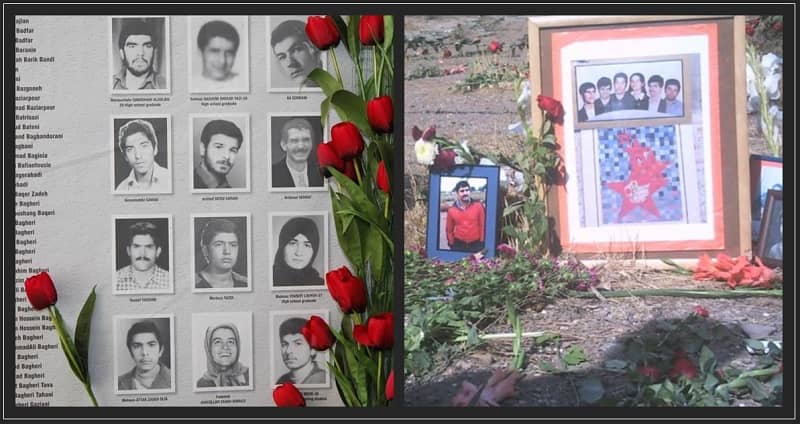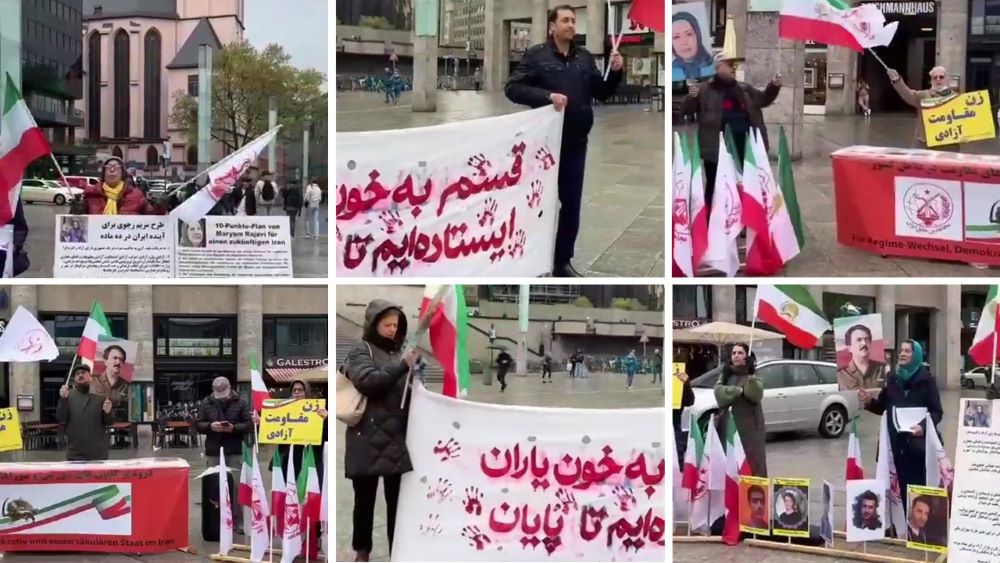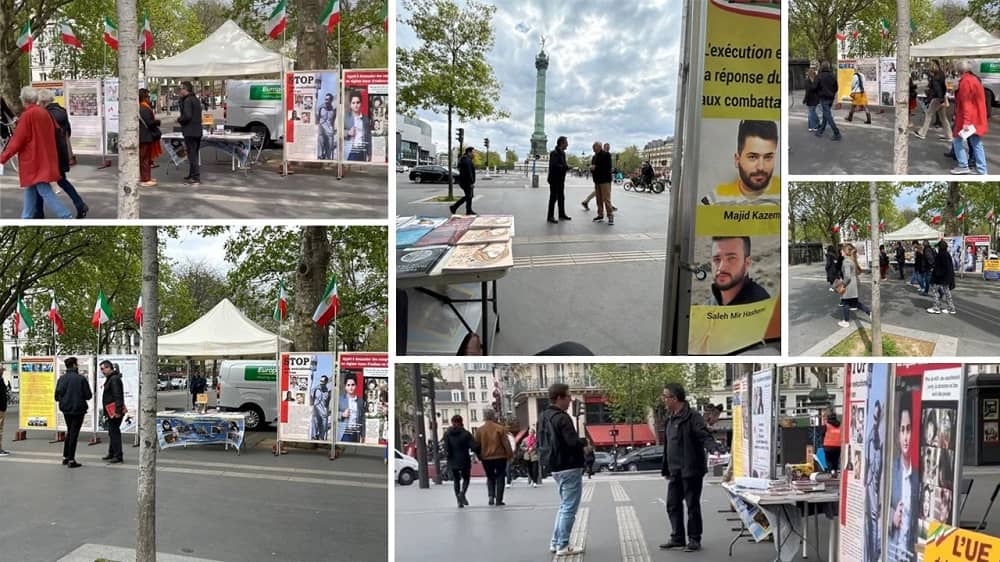
Since Ebrahim Raisi was inaugurated at the Iranian regime’s latest president in August, much of the international community are remaining silent in regards to his long history of appalling human rights abuses, even though the Iranian Resistance have consistently brought attention to his involvement in the 1988 massacre in Iran
Over 30,000 political prisoners were brutally executed in prisons across the country for refusing to denounce their support of the regime’s opposition, the People’s Mojahedin Organization of Iran (PMOI/MEK). At the time, former political prisoner Asghar Mehdizadeh was halfway through his 13-year sentence for his activism with the Iranian Resistance group.
He said, “That affiliation made me a prime target of the ‘death commissions’ that were in charge of the 1988 massacre. It is practically a miracle that I survived, having been detained throughout the course of that massacre in Gohardasht Prison, where Raisi wielded much of his authority.”
Following his arrest in 1982, Mehdizadeh witnessed many of his fellow inmates being tortured to death, and was even threatened by officials himself to be killed by firing squad in the absence of a capital punishment ruling years before the massacre took place.
The massacre began following the issue of a fatwa by then-Supreme Leader Ruhollah Khomeini, which branded all members of the MEK as enemies of God and ordered regime officials to kill them without mercy. Raisi was one of the officials who carried out that order, sitting on a panel of judges who decided the fates of the prisoners who passed through the ‘Death Commission’.
Mehdizadeh said, “At the height of the massacre, I personally witnessed 15 groups of between 10 and 15 prisoners being taken to the Gohardasht death hall. When I myself was taken in, I fainted at the sight of a dozen prisoners being hanged simultaneously upon an elevated platform.”
The extent of the killings meant that the entire population of certain prison facilities and political wards were cleared out so that no one would be left to give accounts of the atrocities that took place during the three-month period in the summer of 1988.
The MEK has since gone to great lengths to document as many accounts of the massacre as they can, and with what they have discovered, they have long since emphasized that investigations into the massacre should be carried out by the United Nations. Now more than ever since Raisi’s rise to presidency, as investigations could finally allow him to be held accountable for his crimes and be prosecuted in the International Criminal Court.
Failing to prosecute Raisi, and other regime officials, will only enhance their sense of impunity and embolden them to continue to brutally suppress the Iranian people. Already, with the international community’s failure to act sooner, the chances of accountability are reduced by the regime’s efforts to destroy as much evidence of the massacre as they can, including the sites of secret mass graves of the massacre’s victims.
Mehdizadeh said, “Amnesty International and other human rights groups have repeatedly warned about this phenomenon, noting that with each passing year it becomes more difficult to develop a full picture of the massacre. The silence of the international community will no doubt embolden the regime to accelerate this process.”





